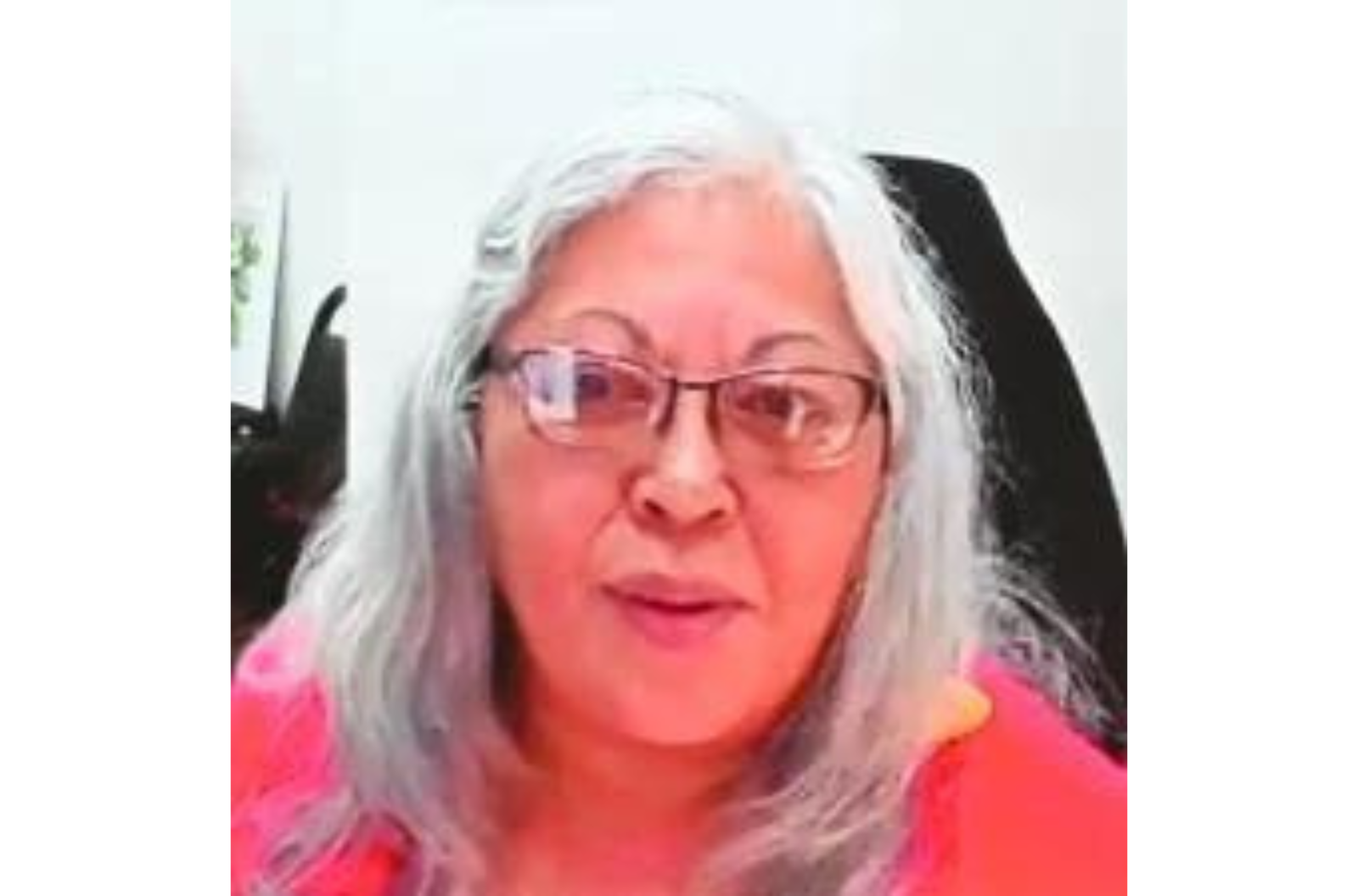HAGÅTÑA (The Guam Daily Post) — It’s been almost three months since the Emergency Rental Assistance program hit 75% of its cap, and during a meeting of the Interagency Council for Coordinating Homelessness Programs, the Department of Administration said applications were still being accepted.
DOA’s ERA Program Manager Viki Lindlau reported that, to date, the ERA program has received 5,000 applications – that’s 300 additional applications since Jan. 31.
“Two thousand and seventy-two of them are ERA II applications. Currently, we only have 26 that are pending documents, so our backlog is way gone, and we have about 1,007 of the applicants that have processed through for continuance of services and or assistance. Of them, we still have about 450 remaining active,” she said. “The rest have already maxed cap or were denied for whatever reasons.”
About $15.7 million was expended on direct services under ERA II. In total, for ERA I and II, $38.6 million has been expended.
Meanwhile, the Homeowner Assistance Fund, which helped those with a mortgage payment, is effectively closed. The program has expended $11.9 million in all, and no funds remain.
In a related effort to put a roof over families’ heads, Lindlau said that a portion of the ERA funds were allocated toward the affordable housing project in partnership with the Guam Housing and Urban Renewal Authority.
“We did receive the fund from our third tranche, so that is in the bank. We’re ready to move forward with the affordable housing project and where that’s sitting is, I think, at the last meeting I had mentioned that we had to turn in a policy to our director, (Edward) Birn, and he is in the middle of reviewing it. Once the policy is approved, then we can go forward with the affordable housing perspective and working closely with GHURA on that,” Lindlau said.
Office of Homelessness and Poverty Prevention director Rob San Agustin asked Lindlau to explain the project further.
“A part of the ERA program and mandate from U.S. Treasury is that we allot so much of our funding – in essence, it’s no more than 20% of our total funding – for ERA II, and kind of direct that toward affordable housing for low-income and very low-income families. Basically, it’s the families that meet the 50% and below thresholds of the area median income. They also encourage us to work very closely with GHURA. … It’s all about helping to establish new houses or housing for this demographic,” Lindlau said.

Viki Lindlau











